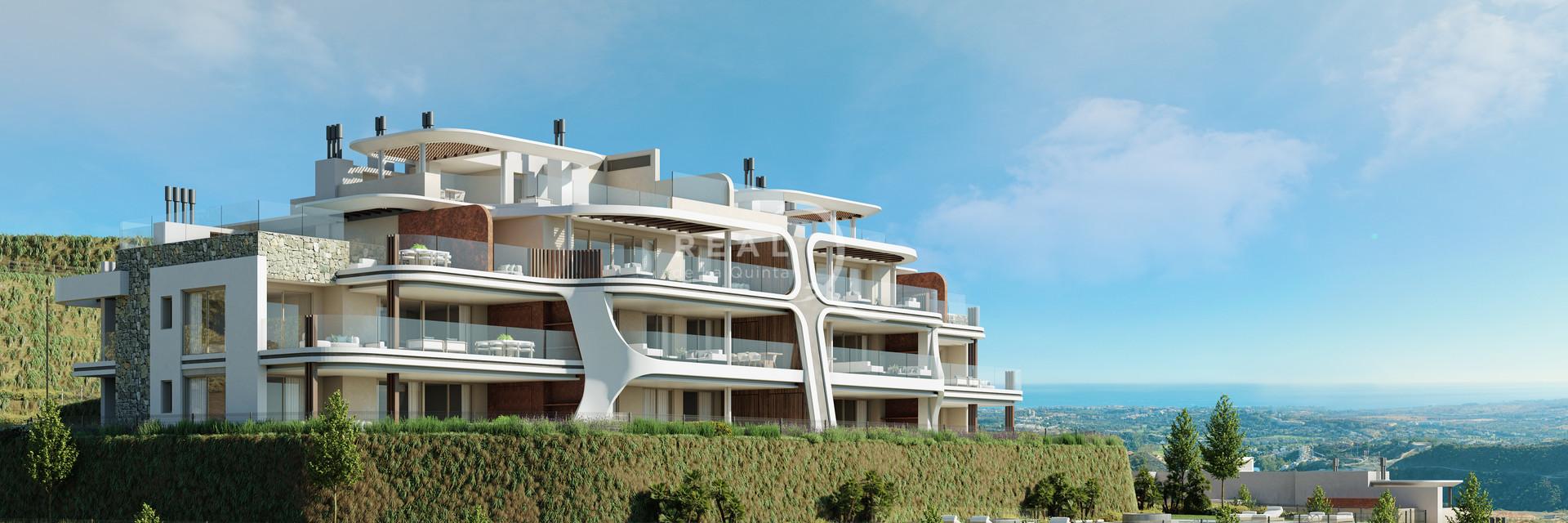
What is the energy rating of buildings?
The integration of renewable energy in buildings has become a priority in real estate projects. The energy rating is a mechanism that allows investors to assess and compare the energy efficiency of the property they are interested in.
What does the energy efficiency of a building depend on?
Whether a house or a group of houses in a building is more or less energy efficient depends on several factors. On the one hand, there are the structural aspects of the property, such as location, orientation, number of openings or type of roofs. On the other hand, the construction materials used, carpentry or glazing, and the level of thermal insulation they provide. In addition, other issues such as the type of installations used or the level of integration of renewable energies also play a role.
How is the energy efficiency rating of a house calculated?
The energy efficiency rating is a method that makes it possible to objectively measure all those parameters that determine the energy efficiency of a home on the basis of a scale. This scale consists of seven levels ranging from A to G, with A being the most efficient level and G the least efficient.
To determine the efficiency level of a building, the annual consumption needed to meet its energy demand under normal occupancy and operating conditions (domestic hot water, heating, lighting, ventilation, etc.) is calculated, as well as the carbon dioxide emissions.
This calculation is essentially a ratio between kWh/m2 per year (in the case of consumption, the most important) and kgCO2/m2 per year (in the case of emissions). The calculation can be done on an individual level (e.g. for single-family houses) or per block (e.g. for housing projects consisting of several blocks of flats, as their orientation affects the results).
Benefits of a high energy rating
The benefits of an A or B energy rating are noticeable in both the short and long term. On the one hand, higher ratings guarantee greater energy savings and a greater commitment to sustainability. On the other hand, they add value to the property in terms of eventual sale and purchase transactions.
In Real de La Quinta's developments, obtaining high energy ratings is a priority. Thus, the Olivos development has a majority B certification, while in Quercus the certification is mostly A, and in Palmitos it is A in its entirety. In the Enebros and Sabinas projects, we hope to maintain this same line and obtain an A energy rating in both developments.
At Real de La Quinta we seek to create state-of-the-art homes, with the best technologies and the best designs, but always ensuring the well-being of the planet.





